Project 05, 2nd Edition Modern Construction Case Studies - Precedent: Olympic Stadium, Montreal designed by Roger Taillibert
Adaptive Tectonics: Project 05 and the Evolution of Responsive Architecture
Project 05, designed by Newtecnic and located in the Nevada desert, draws upon a rich lineage of architectural precedents, theoretical frameworks, and cross-disciplinary influences. Its retractable canopy system, embedded within the building envelope and operating with subtlety and efficiency, positions the project at the intersection of biomimicry, high-performance design, and refined tectonic expression.
A key historical reference is the Olympic Stadium in Montreal, renowned for its retractable roof suspended from an adjacent inclined tower that also serves as office space. This architectural composition creates a formal and functional interdependency between the arena and the tower, unified through the mechanical logic of the retractable canopy. Here, the movement of architecture is both structural and spectacular—a performative act that visibly articulates its functionality. This approach resonates with Kenneth Frampton’s theory of expressive tectonics, where construction and form coalesce to articulate meaning (Frampton, 1995).
Project 05 reinterprets this logic within a more restrained and ecologically attuned framework. Its canopies—designed to open and close according to climatic conditions—operate internally, within the external skin of the building. Their motion is not dramatized but integrated; not a spectacle, but a quiet mechanism akin to the carapace of an insect. The influence of biomimetic design is evident in both form and performance, echoing Janine Benyus’s call for innovation drawn from nature’s strategies for efficiency and adaptation (Benyus, 1997).
The conceptual framework underpinning Project 05 is also shaped by the legacy of Archigram, particularly through the pedagogical influence of David Greene, a founding member of the group and a design tutor to Andrew Watts, a director of Newtecnic. Archigram’s speculative work emphasized mobility, transformation, and the integration of emerging technologies—ideas that find renewed expression in Project 05’s latent kinetic potential. While Archigram’s visions were often overtly performative and utopian, Project 05 represents a maturation of those ideals, where technology is seamlessly embedded and architectural movement is both purposeful and discreet (Sadler, 2005).
In parallel, the design philosophy of Project 05 draws from the world of automotive engineering—specifically the ethos of British car designer Gordon Murray. Following in the footsteps of Colin Chapman, Murray advocates for multifunctionality in component design: every element should serve more than one purpose. This principle is evident in Project 05’s retractable canopy system, which simultaneously provides shading, enclosure, and environmental modulation without altering the building’s overall form. The result is a system in which architectural expression emerges from technical integration—a convergence of structure, envelope, and climate control.
This emphasis on multifunctionality and discreet adaptability also aligns with Reyner Banham’s vision of architecture as an environmental interface. In The Architecture of the Well-Tempered Environment, Banham advocated for responsive systems that mediate climatic conditions in lieu of relying solely on static form (Banham, 1969). Project 05 echoes this position, offering a design that adjusts to the shifting demands of its desert environment while maintaining compositional clarity.
Ultimately, Project 05 suggests a future in which architectural intelligence is not predicated on visual dynamism but on performance embedded within the very structure of the building. It represents a synthesis of technological refinement, ecological sensitivity, and theoretical continuity—a built expression of adaptability without spectacle.
References
Banham, R. (1969). The Architecture of the Well-Tempered Environment.
Benyus, J. M. (1997). Biomimicry: Innovation Inspired by Nature.
Frampton, K. (1995). Studies in Tectonic Culture: The Poetics of Construction in Nineteenth and Twentieth Century Architecture.
Sadler, S. (2005). Archigram: Architecture without Architecture.
Murray, G. (2020). One Formula: 50 Years of Car Design.

